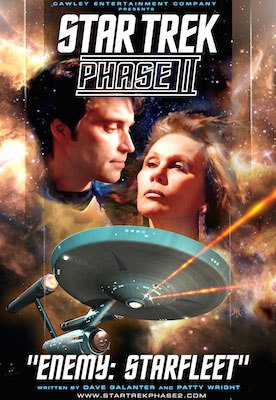(Hard to be a God, directed by Aleksey German, 2013)
reviewed by Zeke Teflon
Plan 9 from Outer Space, Troll 2, and Battlefield Earth have met their match, in fact have been left in the dust — rather, the muck. In contrast with Hard to be a God, all of those films are masterpieces of understated acting, special effects wizardry, and tightly plotted, concise storytelling. Hard to be a God is hands down the worst–or at least the most insufferable–science fiction film ever made.
But why is it so bad? It’s based on what might be the best Soviet science fiction novel, Hard to be a God, by Boris and Arkady Strugatsky (rivaled only by Roadside Picnic by the same authors). It would be quite possible to make a very good low budget sci-fi film based on Hard to be a God, but German didn’t. (The story takes place in a medieval setting, thus no need for expensive special effects.) So, points off for turning a very good book into a very bad movie.
Many points off also for the horrendously translated (from Russian) subtitles. They’re so badly translated that they read, for the most part, like passages from a poorly written absurdist play. Think Ionesco on PCP run through an automated translation widget. In one scene near the beginning we find the following consecutive lines:
“Piga, did you get the egg?”
“The bees are killing their queen.”
“He bites like a ferret.”
“Found this under the pig.”
My favorite line, though, comes about 48 minutes in: “The dog is sprouting.” Amusing in isolation, yes, but in toto the subtitles are nearly incomprehensible.
Still more points off for the cinematography: minute after minute after minute of low contrast grey (not black) and white footage. I only made it about 50 minutes in, and there was no relief from this dreary visual pallet, though German had hammered home the idea that the Hard to be a God world is a dismal, depressing place in the first 30 seconds of the film. To hammer the point, and the viewer, even further into the ground, German has rain coming down incessantly — it was still pouring when I couldn’t take it any longer and switched off.
Even more points off for having the characters pointlessly degrade themselves, and for gratuitously dwelling on degrading images. Characters are crawling around in the muck and smearing it on themselves and others in almost every scene; one character near the beginning of the film is wallowing about in the muck directly beneath a privy jutting out from a wall; and very shortly after the “dog is sprouting” dialogue gem there’s a gratuitous close up of a donkey schlong. (No, I’m not kidding — I couldn’t make this up.)
At that point, I said “Enough!” and quit watching, still having no idea where the film was going (except from having read the book the film is based on) .
The topper is that Hard to be a God is almost three hours long!
I’ve been trying to think of ways to enjoy its sheer awfulness, and the only thing that comes to mind is drinking oneself into a near coma and watching random five-minute snatches of the film for the dialogue. But I doubt that even that’s a good idea.
Recommended only for those into boredom, degradation, and donkey schlongs.
For those who are, Hard to be a God is currently available on Netflix. For those who aren’t into such things, the strangely watchable, unintentionally funny-in-almost-every-scene Troll 2 is also available there.
* * *
Zeke Teflon is the author of Free Radicals: A Novel of Utopia and Dystopia (which features moons named after the Strugatskys). He’s currently working on the sequel.

Like this:
Like Loading...





















